Prickly Poppy Plant Info – Mexican Prickly Poppy Uses And Care In Gardens
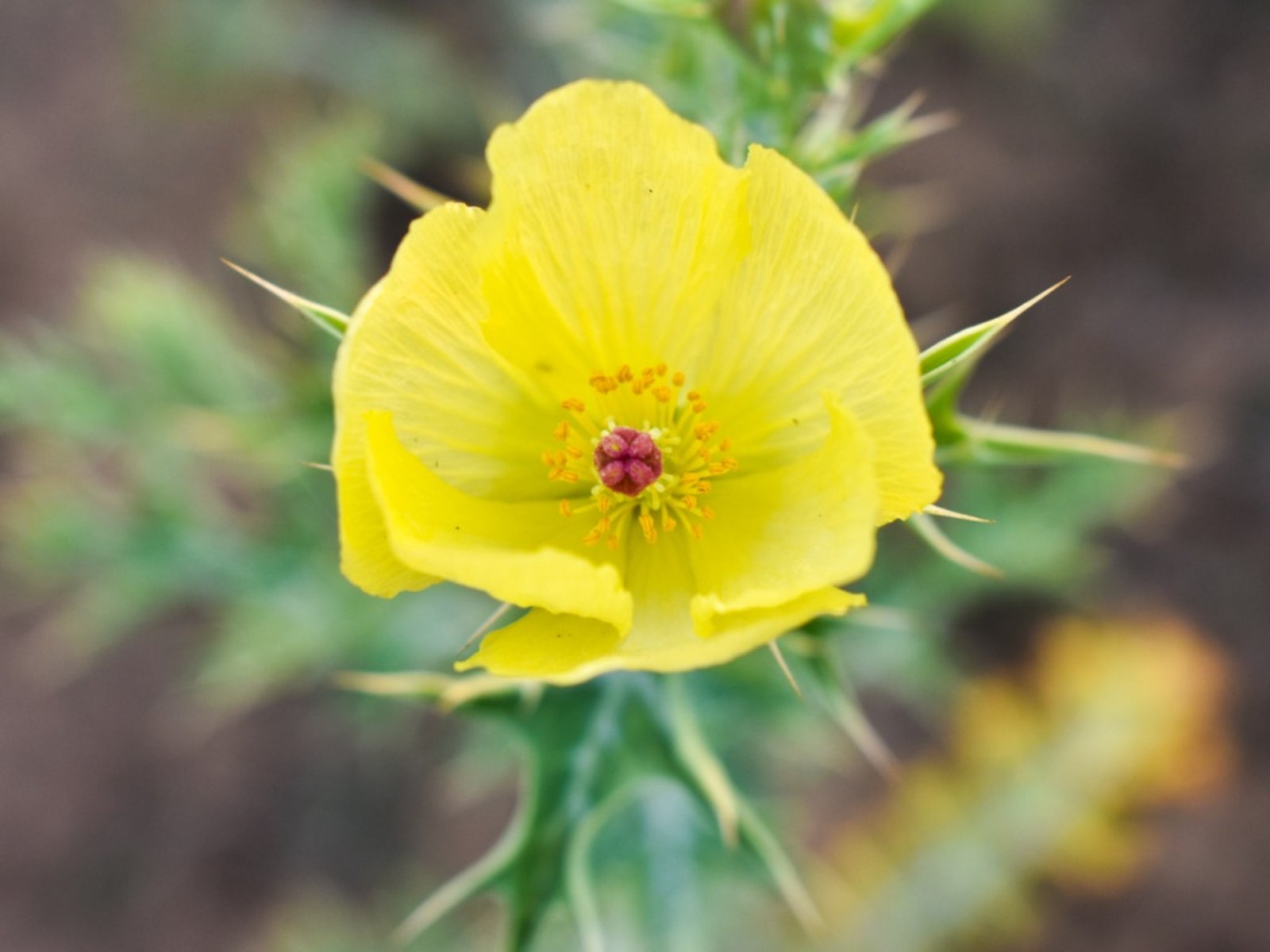

Botanists aren’t sure where Mexican prickly poppy originated, although many think the prickly poppy plant is native to the southeastern United States, Mexico, tropical South America, and the Caribbean. Regardless of its beginnings, the plant has naturalized across the eastern half of the United States.
You may know prickly poppy plant (Argemone Mexicana) as yellow prickly poppy, flowering thistle, crested prickly poppy, or argemone. It is perennial in USDA plant hardiness zones 8 through 11. In cooler climates it is grown as an annual.
Mexican Prickly Poppy Uses
Growing Mexican prickly poppies is easy, and prickly poppy flowers are pretty, but keep in mind that the plant is extremely prickly and may not be a good choice for places where children play. It may not work well along sidewalks, driveways, and walking paths.
Prickly Poppy Flowers: Important Considerations
Toxicity: All parts of Mexican prickly poppy are toxic if ingested, especially the seeds. The plant’s level of toxicity depends on several factors, including the weight, age, size, and physical condition of the person. Children are most susceptible. Toxicity also depends on the season and the plant’s stage of growth. It is also toxic to livestock, but they rarely bother this formidable plant. Deer also tend to give prickly poppy plants a wide berth.
Invasiveness: Prickly poppy is considered an invasive species in some areas. Consider the plant’s aggressive nature before planting prickly poppy flowers in your garden. Check with your local extension office or Department of Fish and Wildlife for specifics.
Growing Mexican Prickly Poppies
Mexican prickly poppy is best started by planting seeds directly in the garden, just before the last frost in spring. You can also start seeds indoors five to six weeks before the last average frost in spring. The plant doesn’t like its roots to be disturbed, so planting seeds in peat pots is likely to be more successful.
Prickly poppy flowers need full sunlight. The plant thrives in poor sandy or rocky soil but adapts to nearly any well-drained soil. Keep the plants moist until the roots are established; thereafter, it is drought-tolerant and requires moisture only during hot, dry weather.
Gardening tips, videos, info and more delivered right to your inbox!
Sign up for the Gardening Know How newsletter today and receive a free copy of our e-book "How to Grow Delicious Tomatoes".
Prickly poppy plants are pest resistant but may be bothered by diseases such as downy mildew, root rot, or anthracnose especially in overly wet conditions. Deadhead regularly to keep the plant neat and to discourage rampant self-seeding.

A Credentialed Garden Writer, Mary H. Dyer was with Gardening Know How in the very beginning, publishing articles as early as 2007.
-
 Looking For Plants To Give You The Soft And Fuzzies? Try These 5 Fuzzy Leaf Plant Options
Looking For Plants To Give You The Soft And Fuzzies? Try These 5 Fuzzy Leaf Plant OptionsLovers of texture, drama, silver foliage and tactile plants will adore these special sensory garden additions. These fuzzy leaf plant options will leave you all aglow
By Susan Albert
-
 Get Ready For A Summer Of Hummers! Grow These Full Sun Hummingbird Plants and Flowers
Get Ready For A Summer Of Hummers! Grow These Full Sun Hummingbird Plants and FlowersIf you’re lucky enough to enjoy a sunny backyard, make sure you are maxing out on your pollinator opportunities and grow these full sun hummingbird plants and flowers
By Tonya Barnett
-
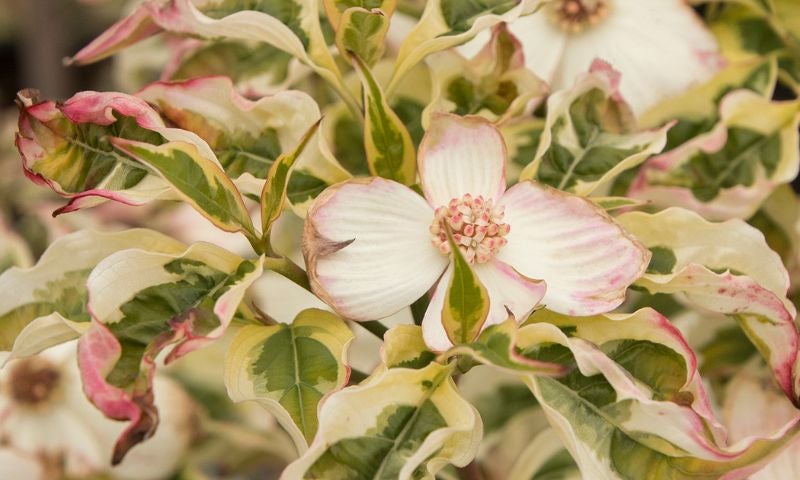 20 Hard-to-Find Spring Flowers & Plants That Look Amazing All Season
20 Hard-to-Find Spring Flowers & Plants That Look Amazing All SeasonIt’s finally beginning to look like spring! If you’re eager to find some unique, hard-to-find varietals to satisfy your spring fever, look here first.
By Caroline Bloomfield
-
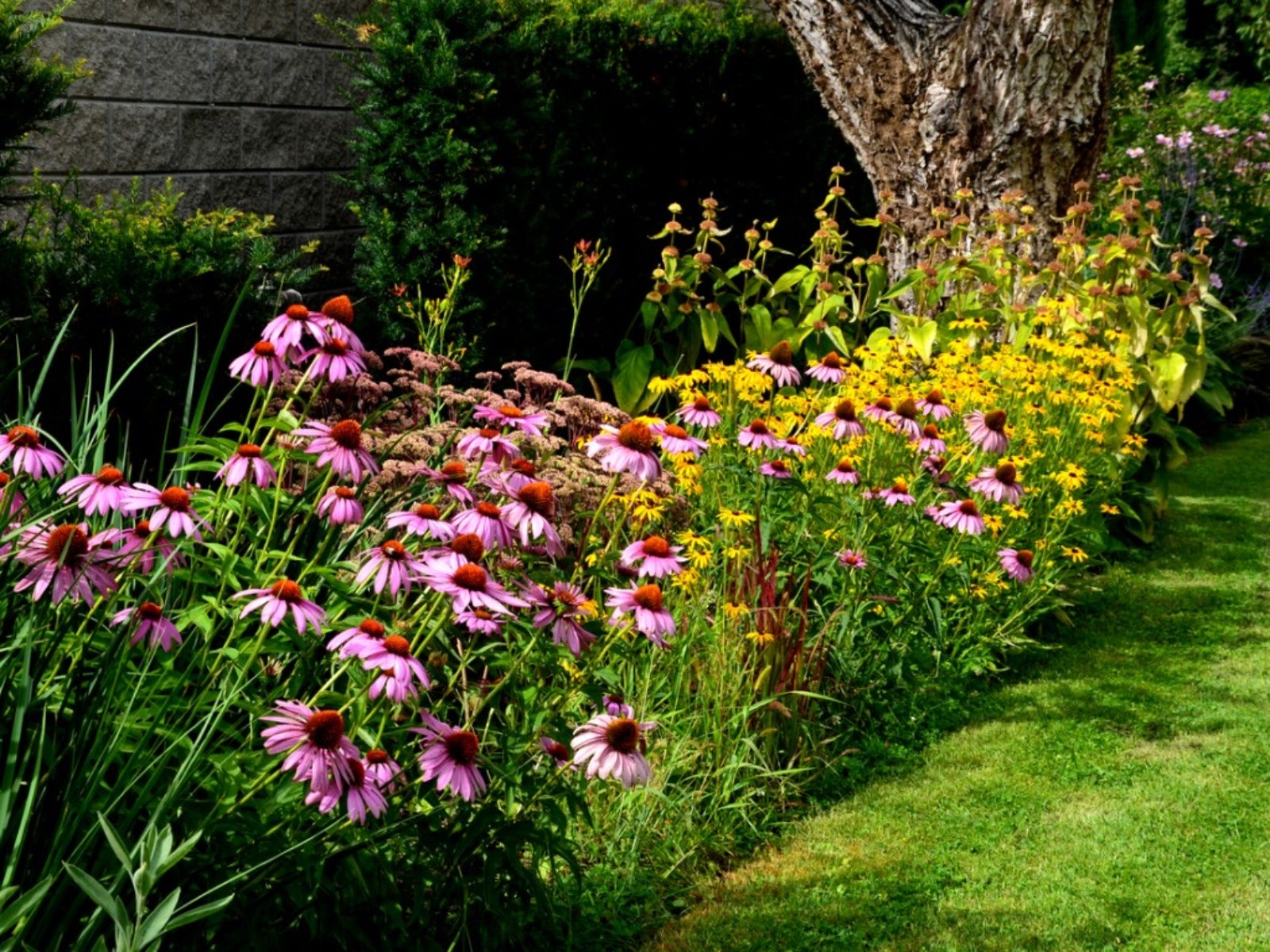 How Wildflower Strips Help Attract Pollinators To Your Yard
How Wildflower Strips Help Attract Pollinators To Your YardIf you have a small garden spot or strip available, fill it with wildflowers for our hungry pollinators. Click to learn more.
By Tonya Barnett
-
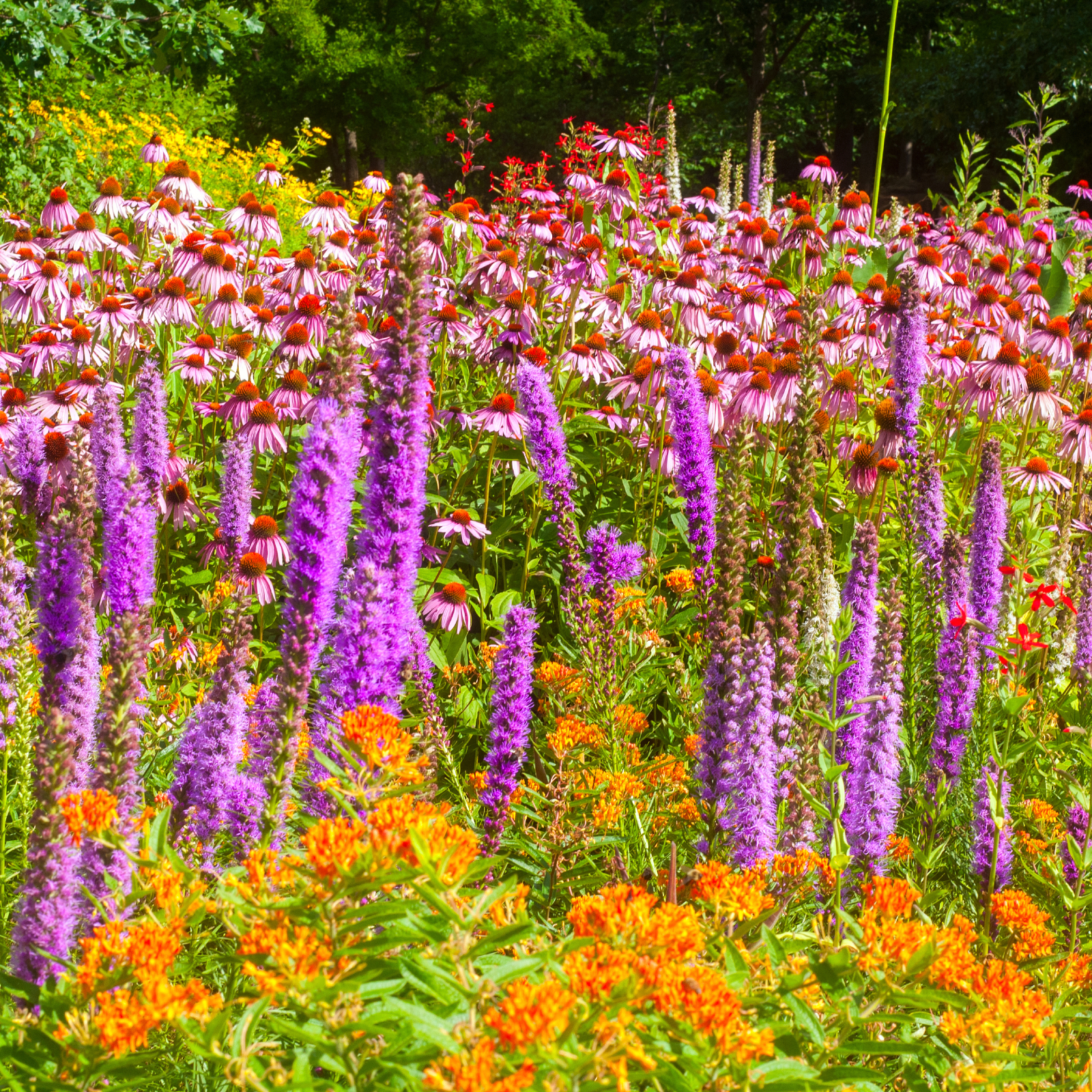 10 Knockout Native Flowers To Add A Punch Of Color To Your Garden
10 Knockout Native Flowers To Add A Punch Of Color To Your GardenGrowing native is the way to go. See our list of ten native wildflowers that will knock you out with color.
By Amy Grant
-
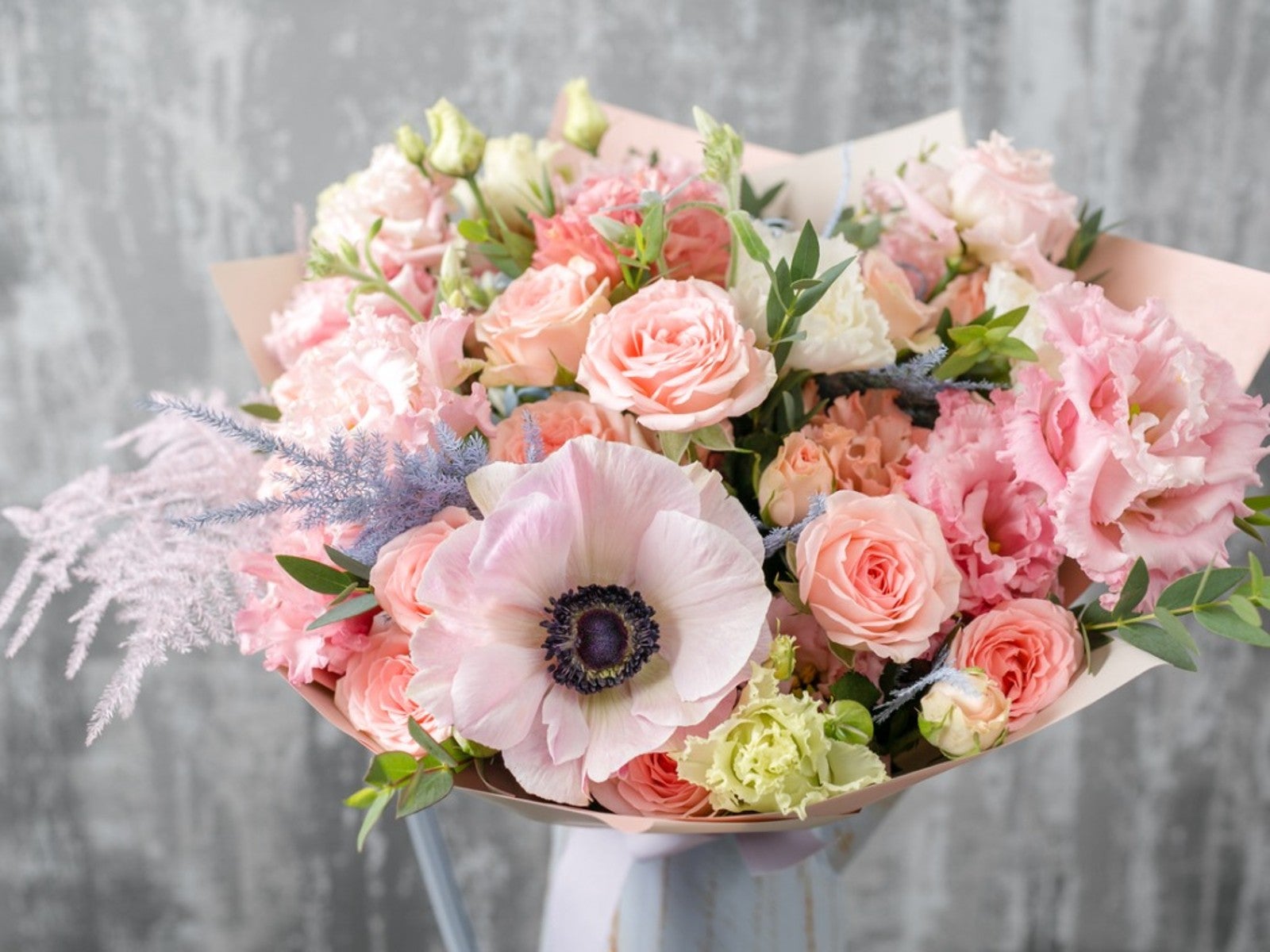 Pretty Plants For A Pastel Flower Bouquet
Pretty Plants For A Pastel Flower BouquetRoses aren’t the only romantic flower. Some romantic pastel flowers can fill in beautifully.
By Tonya Barnett
-
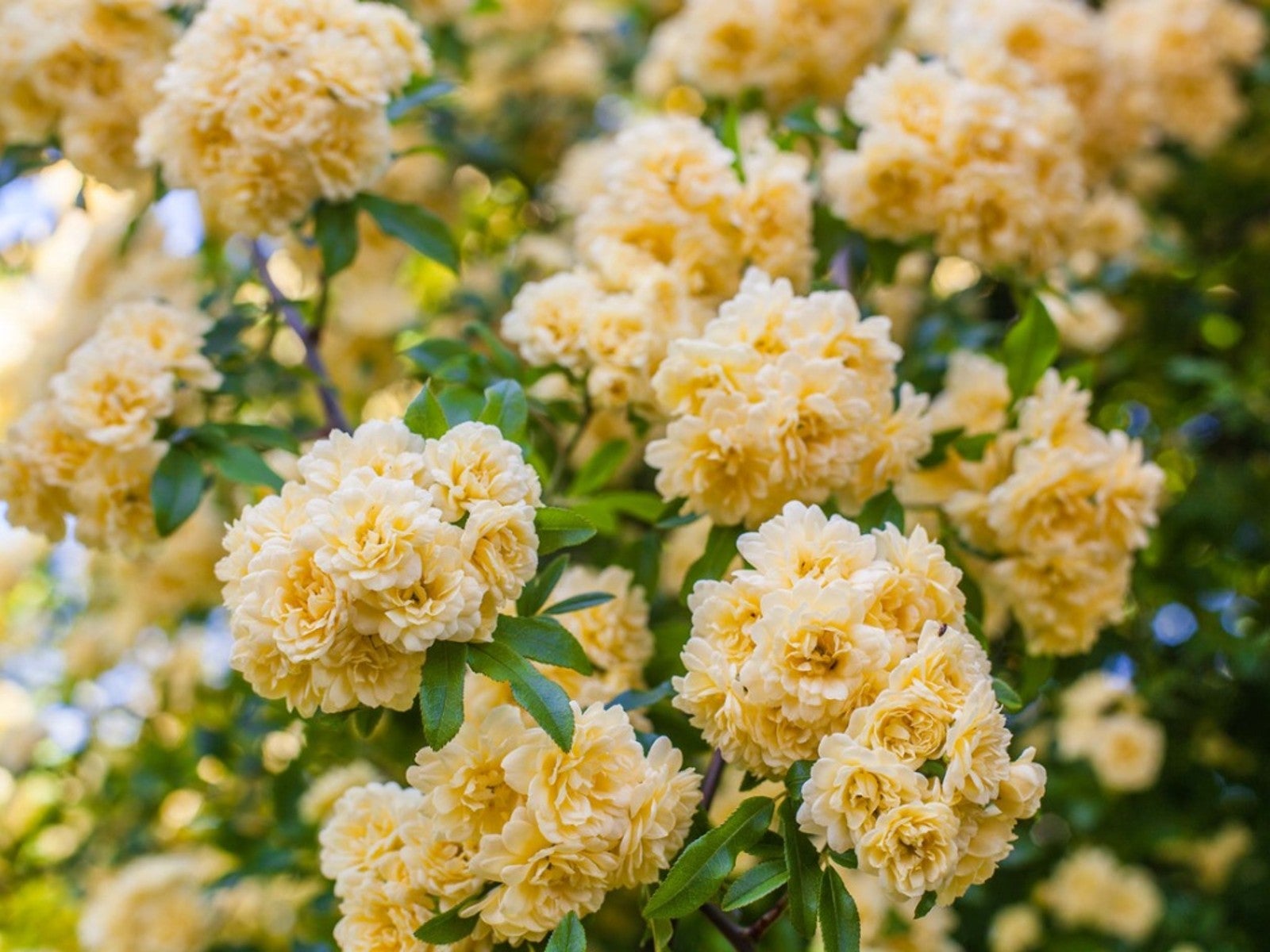 Soft Yellow Plants For A Sunny Pastel Garden
Soft Yellow Plants For A Sunny Pastel GardenClick here for ideas on some pale yellow flower varieties for pastel garden designs.
By Tonya Barnett
-
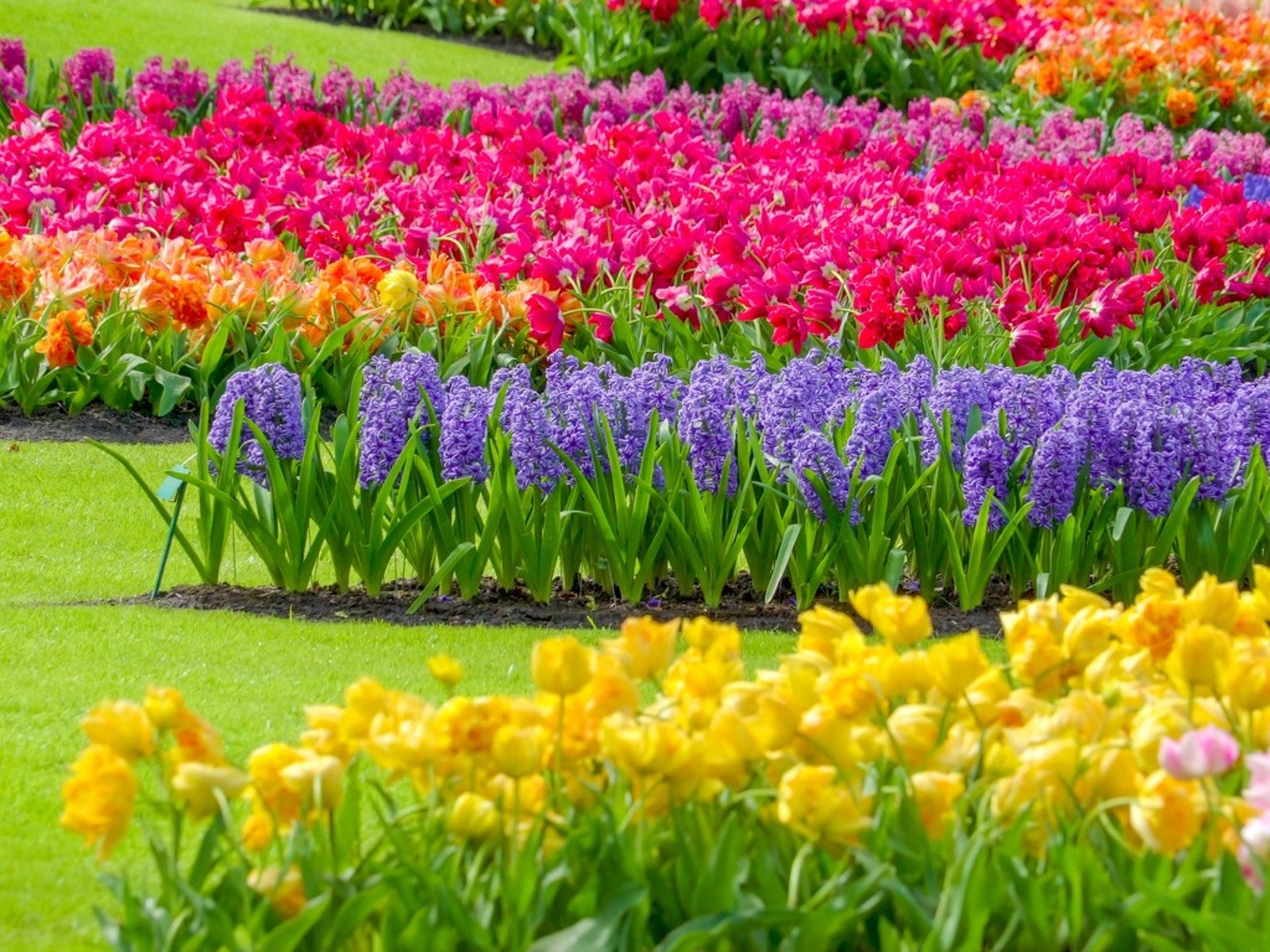 Most Common Flower Color In The World
Most Common Flower Color In The WorldWhat are the most common and least common flower colors in the world? Click here to find out.
By Mary Ellen Ellis
-
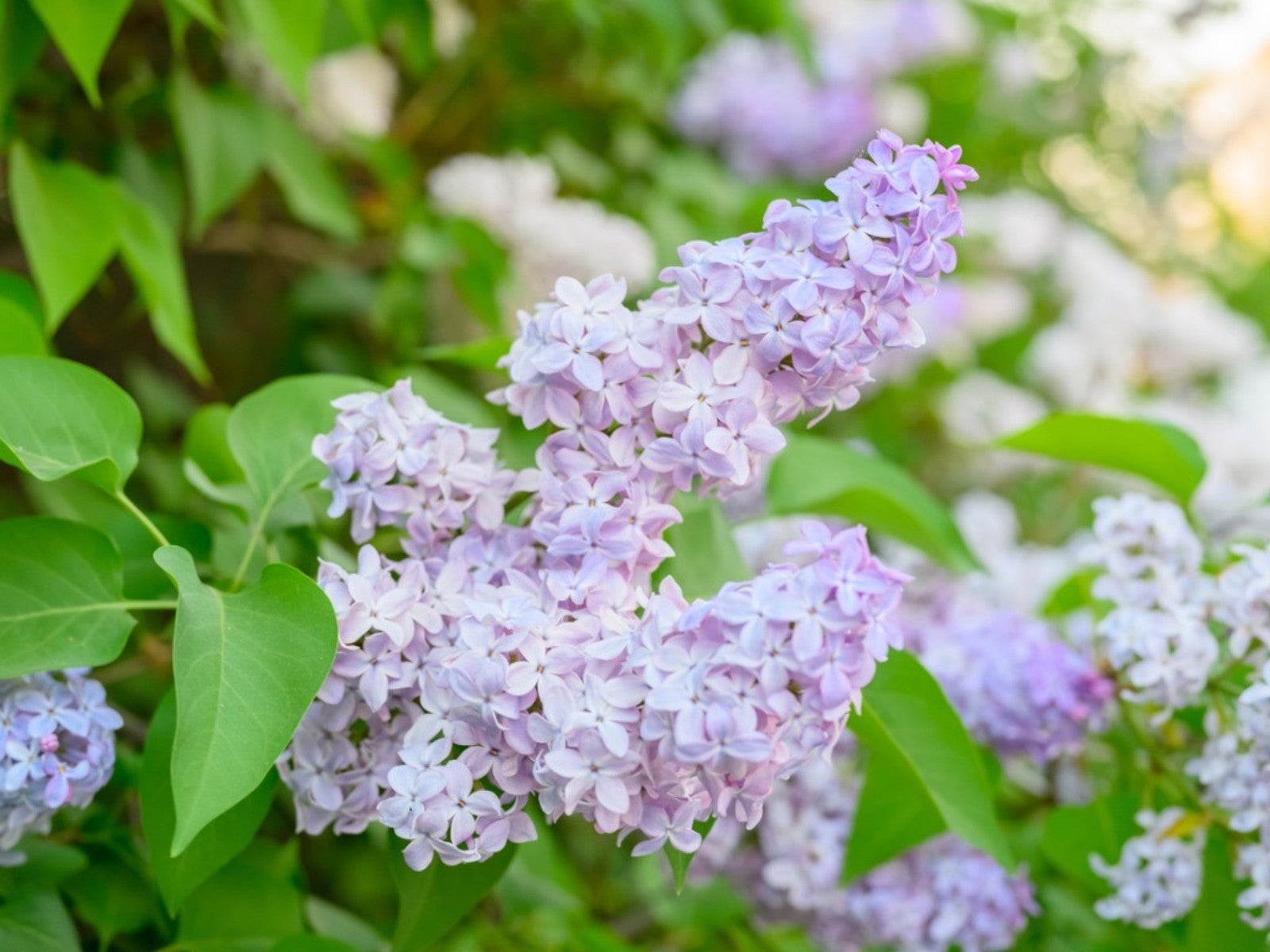 Pastel Plants For A Lovely, Light Purple Flower Garden
Pastel Plants For A Lovely, Light Purple Flower GardenClick here for ideas on some light purple plants for a pretty, pastel garden display.
By Tonya Barnett
-
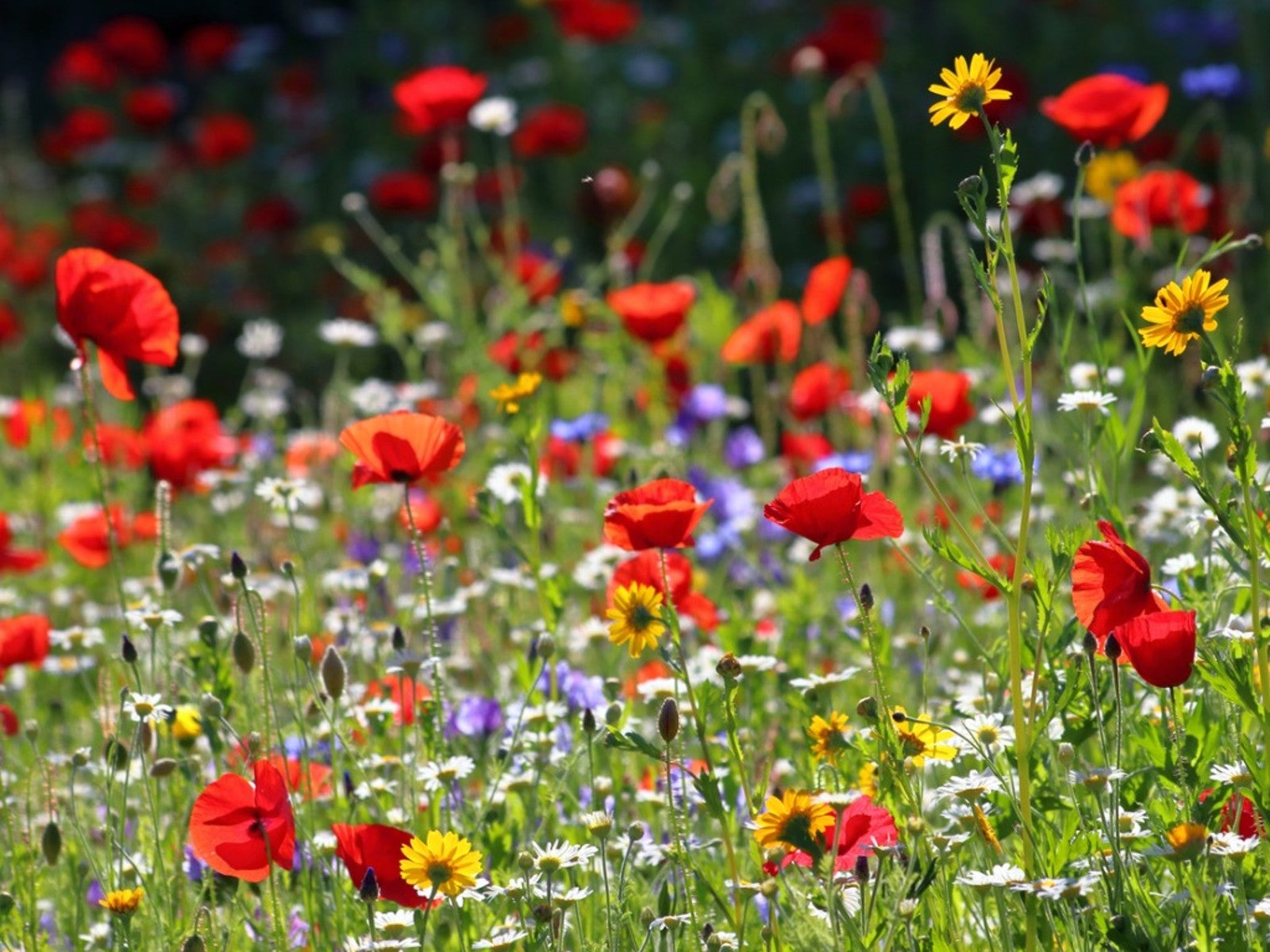 Plant Wildflower Seeds In Fall for A Stunning Spring Display
Plant Wildflower Seeds In Fall for A Stunning Spring DisplayCan you plant wildflower seeds in fall? What makes fall the best time to sow wildflower seeds? Click here for more.
By Tonya Barnett